Nghe An is a province located in the center of the North Central region, a locality with a long history of formation and development, rich in revolutionary traditions and a spirit of learning. Nghe An is also the land that has produced many heroes, great men, famous generals, and historical figures for the country. In particular, Nghe An is the homeland of President Ho Chi Minh, the great leader of the Vietnamese people, national liberation hero, and world cultural celebrity.
The name Nghe An first appeared in 1030 under the reign of King Ly Thai Tong when the king changed the name of Hoan Chau to Nghe An Chau. Since then, the name Nghe An has become a familiar, affectionate name associated with the heroic history of the nation and exists deeply in the minds of generations of Nghe An people to this day. In November 2020, Nghe An solemnly held the 990th Anniversary of the Name Nghe An; affirming an important milestone, a glorious historical journey of the locality.
Geographical location, natural features- Geographical location
Nghe An is a locality located at latitude 18 0 33' to 20 0 01' North latitude, longitude 103 0 52' to 105 0 48' East longitude, in the center of the North Central region of Vietnam; the East borders the sea, the South borders Ha Tinh province, the North borders Thanh Hoa province, the West borders the Lao People's Democratic Republic with 468 km of land border, the East coast is 82 km long.
Nghe An has 21 administrative units, including: 01 city, 3 towns and 17 districts. Of which, Vinh City is a type 1 urban area, the economic and cultural center of the province and the North Central region; 3 towns, including: Cua Lo town, Hoang Mai town and Thai Hoa town; 17 districts, including: Dien Chau, Quynh Luu, Yen Thanh, Do Luong, Nghi Loc, Hung Nguyen, Nam Dan, Thanh Chuong, Tan Ky, Anh Son, Con Cuong, Nghia Dan, Quy Hop, Quy Chau, Que Phong, Tuong Duong, Ky Son.
Nghe An is located in the East-West economic corridor connecting Myanmar - Thailand - Laos - Vietnam via National Highway 7 to Cua Lo port; located on national and international tourist routes (cross-Vietnam tourist route; Vinh - Plain of Jars - Luang Prabang - Vientiane - Bangkok tourist route and vice versa via National Highway 7 and Highway 8)... With such a location, Nghe An plays an important role in economic exchange, trade, tourism, and transportation of goods with the whole country and other countries in the region, especially Laos, Thailand and China, which is a favorable condition to call for investment in socio-economic development.
- Population
According to the 2020 Statistical Yearbook, the population of Nghe An province by 2020 was 3,365,198 people, mainly living in rural areas (with 84.5%). Population density 204 people/km².
The ethnic minority and mountainous population living in Nghe An province is over 1.2 million people (accounting for 36% of the province's total population). The ethnic minority population is 491,267 people, accounting for 14.76% of the province's total population and 40.93% of the population in mountainous areas.
Nghe An currently has 47 ethnic groups living together, of which ethnic minorities account for a high proportion: Thai (338,559 people), Tho (71,420 people), Kho Mu (43,139 people), Mong (33,957 people).
- Terrain
Nghe An province is located in the Northeast of Truong Son mountain range, with diverse and complex terrain, strongly divided by mountain ranges and river and stream systems.
In general, the terrain of Nghe An province is inclined in the Northwest - Southeast direction, with three distinct ecological regions: mountainous, midland, coastal plain. Of which, mountainous areas account for 83% of the territory. The terrain has a large slope, land with a slope greater than 8° accounts for nearly 80% of the natural area of the whole province, especially over 38% of the land area has a slope greater than 25°. The highest place is Puxailaileng peak (2,711m) in Ky Son district, the lowest is the plains of Quynh Luu, Dien Chau, Yen Thanh districts, some places are only 0.2m above sea level (Quynh Thanh commune, Quynh Luu district).
- Climate
Nghe An is located in the tropical monsoon climate zone, with two distinct seasons: summer and winter. From April to August of the solar calendar every year, Nghe An is affected by the hot and dry southwest monsoon. In winter, it is affected by the cold and wet northeast monsoon.
The average annual temperature is 23-24°C. The temperature difference between months of the year is quite high. The average temperature of the hottest months (June to July) is 33°C, the absolute high temperature is 42.7°C; the average temperature of the coldest months (December to February) is 19°C, the absolute low temperature is -0.5°C. The average number of sunshine hours/year is 1,500 - 1,700 hours. The average annual rainfall ranges from 1,200 - 2,000 mm/year.
Nghe An Portal


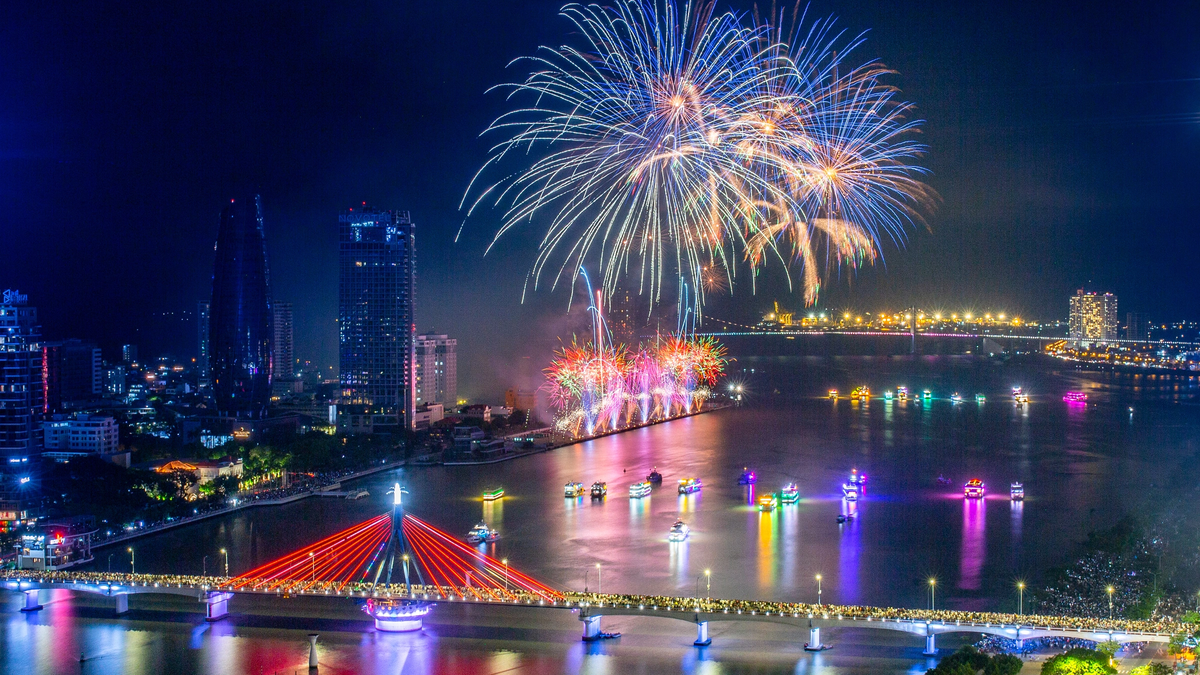

![[Photo] Prime Minister Pham Minh Chinh holds meeting to launch exhibition of national achievements to celebrate 80th National Day](https://vphoto.vietnam.vn/thumb/1200x675/vietnam/resource/IMAGE/2025/6/23/0c0c37481bc64a9ab31b887dcff81e40)
![[Photo] Prime Minister Pham Minh Chinh chairs the national online conference on combating smuggling, production and trade of counterfeit goods.](https://vphoto.vietnam.vn/thumb/1200x675/vietnam/resource/IMAGE/2025/6/23/4a682a11bb5c47d5ba84d8c5037df029)






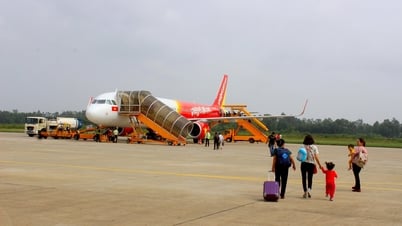







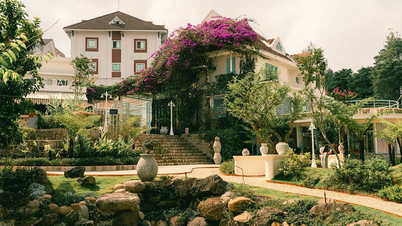

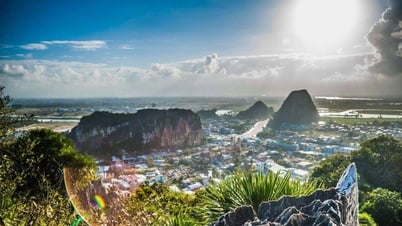

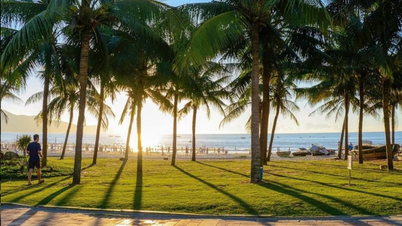
![[Photo] Party Congress of the Central Internal Affairs Commission for the 2025-2030 term](https://vphoto.vietnam.vn/thumb/1200x675/vietnam/resource/IMAGE/2025/6/23/5bf03821e6dd461d9ba2fd0c9a08037b)









































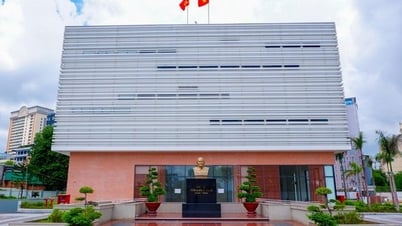














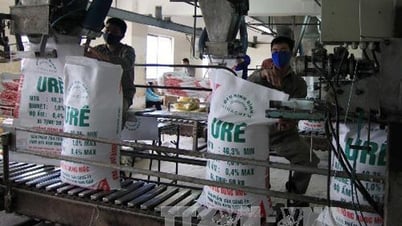














Comment (0)